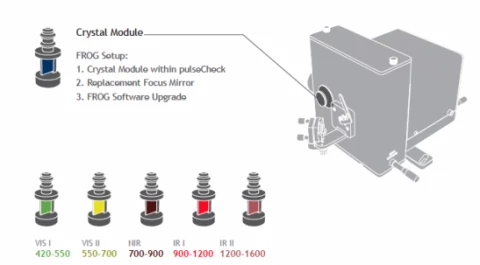Description
The Second Harmonic Generation FROG (Frequency Resolved Optical Gating) is a cutting-edge solution for complete pulse characterization, seamlessly integrated with the pulseCheck autocorrelator series by APE. This advanced method is renowned for its ability to provide comprehensive spectral and temporal pulse analysis without the need for a spectrometer. By incorporating a specialized nonlinear crystal module and dedicated software, users can achieve a detailed understanding of laser pulse dynamics across a wide range of wavelengths.
One of the standout features of this system is its versatility in wavelength coverage, ranging from 420 nm to 2200 nm, thanks to the availability of different crystal modules. This ensures that users can explore pulse widths from as low as 20 femtoseconds (fs) to as high as 6 picoseconds (ps), with a high spectral resolution of up to 0.1 nm. The FROG option is particularly suited for laser systems with repetition rates exceeding 10 kHz, making it an ideal choice for high-frequency applications.
The included FROG Pulse Characterization Software is designed to enhance user experience by providing an intuitive interface for visualizing laser pulse intensity over time and frequency. The software generates a FROG trace diagram, which is a graphical representation of the pulse characteristics. With its phase matching routine, users can quickly and automatically determine the necessary phase matching tuning angle, streamlining the characterization process.
This comprehensive solution is available for the pulseCheck autocorrelator series, excluding the SM models, and is engineered to meet the needs of modern laser diagnostics. The ability to select from various crystal modules, such as VIS I, VIS II, NIR, and IR ranges, ensures that the system can be tailored to specific wavelength requirements, providing flexibility and precision for researchers and engineers alike.
APE Second Harmonic Generation FROG
Specifications
| Device Type: | FROG |
|---|---|
| Measurable Pulse Width: | 200 – 6000 fs |
| Wavelength Range: | 420 – 2200 nm |
| Input Polarization: | Any |
Features
- Complete Pulse Characterization: Utilize Second Harmonic Generation FROG for comprehensive pulse analysis.
- Wide Wavelength Range: Different crystal modules available to cover wavelengths from 420 nm to 2200 nm.
- Advanced Software Integration: Includes FROG trace data processing and visualization software for detailed insights.
- Pulse Width Flexibility: Accommodates pulse widths ranging from as low as 20 fs up to 6 ps.
- High Spectral Resolution: Achieve spectral resolution up to 0.1 nm for precise measurements.
- Compatibility: Designed for use with the pulseCheck autocorrelator series (except SM models) with laser repetition rates >10 kHz.
- FROG Setup Components: Includes a crystal module within pulseCheck, a replacement focus mirror, and a FROG software upgrade.
Applications
- Complete pulse characterization with Second Harmonic Generation FROG
- Different crystal modules available to cover wavelengths from 420 – 2200 nm
- FROG trace data processing and visualization with included software
- Pulse width ranges from as low as 20 fs up to 6 ps
- High spectral resolution up to 0.1 nm
- Available for the pulseCheck autocorrelator series (except for pulseCheck SM models; required laser rep. rate >10 kHz)
Frequently Asked Questions
What is Second Harmonic Generation FROG?
What wavelength ranges do the crystal modules cover?
What is the pulse width range for Second Harmonic Generation FROG?
What is the spectral resolution for Second Harmonic Generation FROG?
What is the required laser repetition rate for the FROG option?
Similar Products
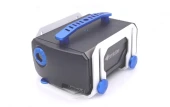
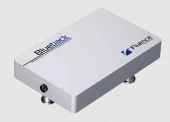
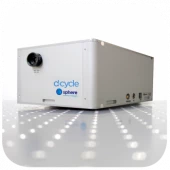
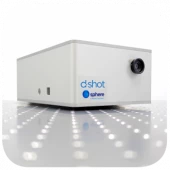
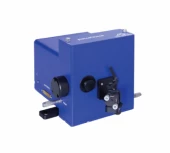
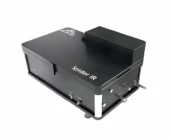
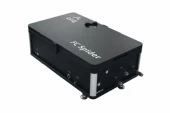
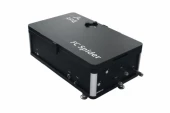
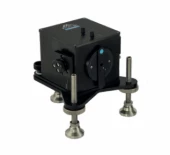
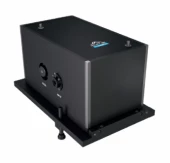
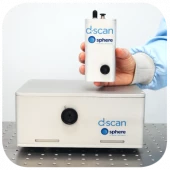

Your inquiry has been received.
Create an account by adding a password
Why create an account?
- Auto-complete inquiry forms
- View and manage all your past messages
- Save products to your favorites
- Close your account anytime — no hassle
